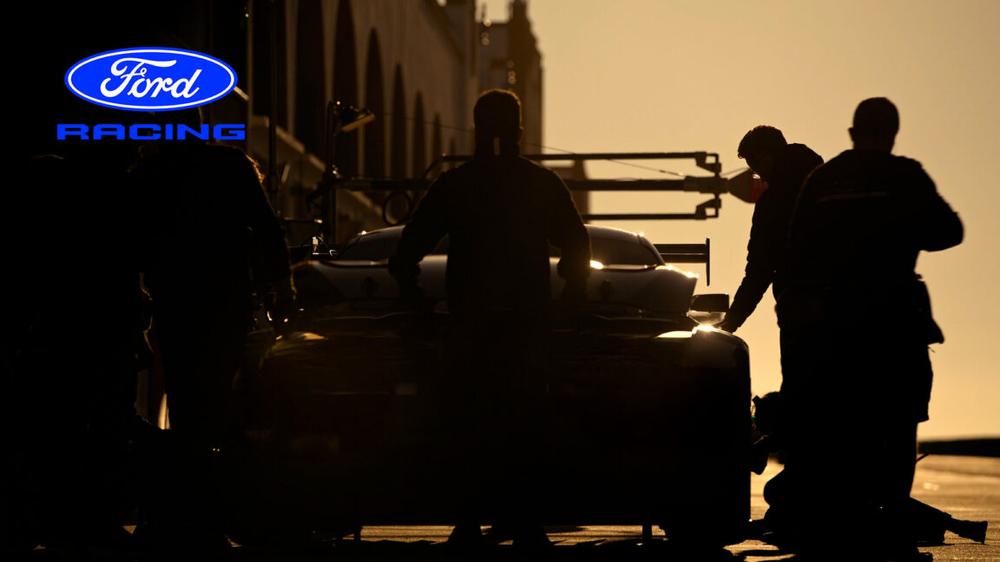Formula 1 might be riding high these days on a wave of interest not seen since the 1960s, but the Drive to Survive effect has been felt elsewhere in the world of motorsport. Endurance racing like the 24 Hours of Le Mans or the Rolex 24 at Daytona has seen record crowds over the last few years, and a large part of that is down to the sports prototype class, exemplified by cars from the likes of Ferrari and Porsche. And soon, we can add Ford to the list.
Currently, eight different manufacturers are competing against each other in the World Endurance Championship's Hypercar class: Alpine, Aston Martin, BMW, Cadillac, Ferrari, Peugeot, Porsche, and Toyota. More are on the way—Genesis arrives next year, and at the beginning of the year, Ford announced that it, too, was joining the fray, in 2027. Today, the Blue Oval revealed some more details about the project.
What’s a hypercar?
Compared to the road car-derived machines that race in the GT3 category, the vehicles that contest for overall victory in the Hypercar class are purpose-built prototypes, just for racing. Because endurance racing often has to be needlessly complicated for the sake of being complicated, the Hypercar class is actually made up of a mix of vehicles designed to two different technical rule sets that are performance balanced to create a level playing field.
You can find a lengthy explanation of the differences between the two sets of technical regulations (called LMH and LMDh) in our previous coverage, but briefly, LMH cars are designed entirely by a manufacturer and can but don't have to be hybrids—like the V12-only Aston Martin Valkyrie.
LMDh cars, by contrast, must use a carbon-fiber spine from one of four approved race car makers, and all must use the same spec transmission, hybrid battery, and electric motor, with the car companies designing their own bodywork and internal combustion engine. LMH has more technical freedom—you can mount that electric motor to the front axle, for example—but it's also a more expensive way to go.
Ford has chosen the LMDh route for its new hypercar and has picked Oreca as its spine, joining Alpine and soon, Genesis. But we've known that since June.
Doing it yourself
What wasn't known until today is that Ford Racing—previously Ford Performance—will run the racing cars in-house, rather than the more usual approach of contracting a race team to do that. For example, Penske runs the Porsche 963s, and AF Corsa does something similar for the Ferrari 499P (in addition to running a third car as a privateer AF Corsa entry).
"This gives us the ability to react more quickly on track, enhancing our competitiveness. It also allows us to bring technology back to our road cars more effectively and efficiently than ever before," said Mark Rushbrook, global director of Ford Racing. "We are not looking outside our walls to find who can run a program for us; we are looking within Ford Racing to build our programs infused with our passion," Rushbrook said.
Dan Sayers has been named to spearhead the Hypercar program, which will be Ford's first chance at overall victory at Le Mans for several decades. And there's plenty of work for him to do.
"Between now and the 2027 FIA World Endurance Championship season opening round, we will need to not only build the car itself, but every part of the team as well. Every role needs to be filled, and that is no small task, because we aren’t just filling the positions, we are building a team culture which mirrors that of Ford Racing: passionate and driven by a need to be the best," Rushbrook said.

 Spotify is finally taking steps to address its AI slop and clone problem
Spotify is finally taking steps to address its AI slop and clone problem